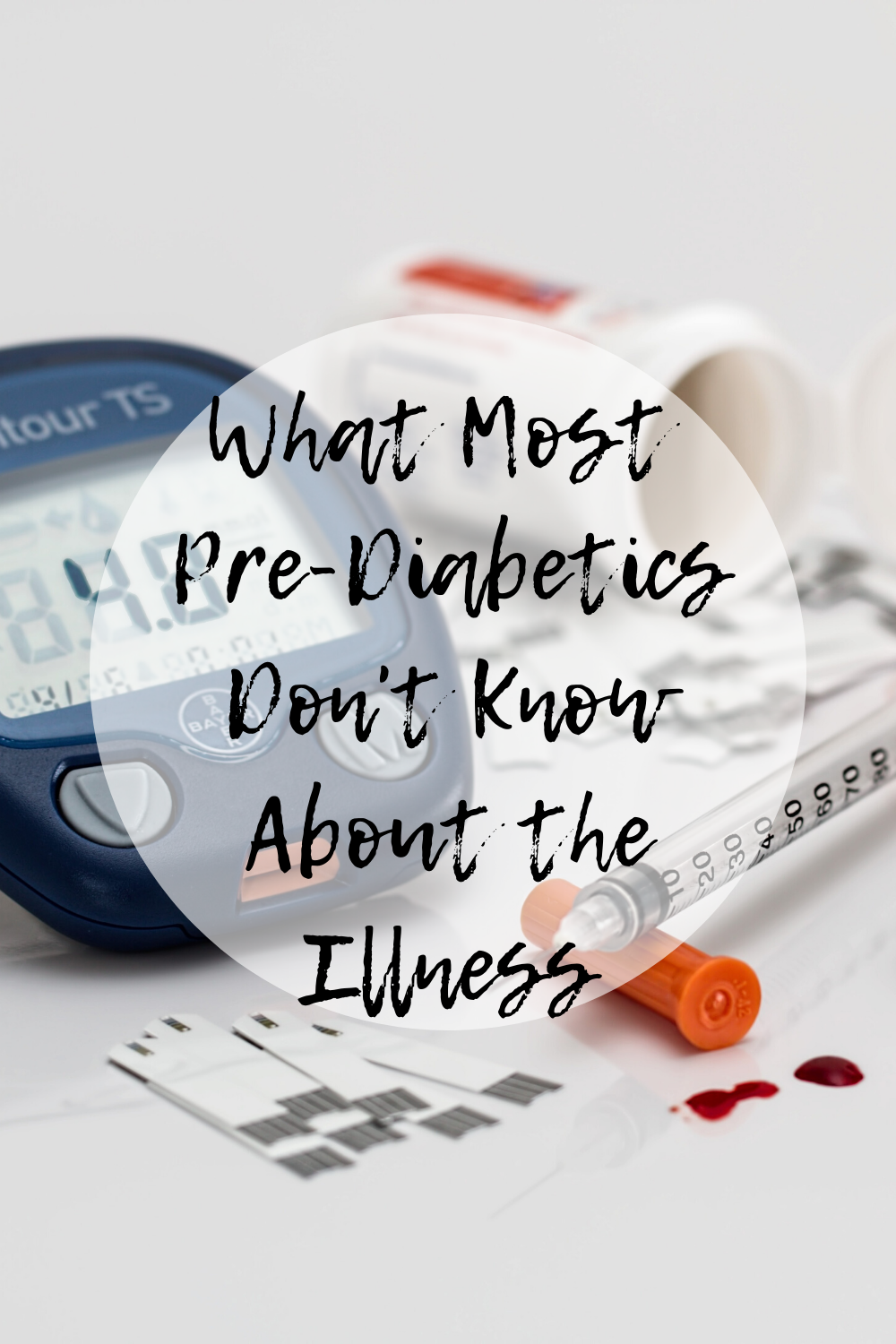
Many people know about type 2 diabetes. However, only a few people pay attention to the seriousness of a pre-diabetes diagnosis. The CDC estimates that Prediabetes has affected 86 million Americans and 90% of them do not know that they have the illness.
Prediabetes occurs when your blood sugar levels become higher than usual, but not high enough to be diagnosed as type 2 diabetes. This condition begins when the body fails to process glucose appropriately. Sugar then begins to build up in the bloodstream instead of energizing cells and tissues. The CDC continues to suggest that about 30% of people with Prediabetes develop type 2 diabetes. People should begin paying attention to Prediabetes. Apart from affecting society, Prediabetes is also expensive. For more facts, you can check out Rolling Paper, which has a guide that includes information about symptoms, complications, and risk factors associated with diabetes.
Here is what most prediabetics do not know about the illness:
Symptoms. Prediabetes falls under the radar. You can have the problem for a long time but have no apparent signs. Most people realize they have a problem after suffering from some severe health problems. As such, it is wise to talk to your doctor about testing your blood sugar, especially if you have any risk factors for Prediabetes.
The risk factors include:
- Being overweight
- Being 45 years and older
- Having a close family member with type 2 diabetes
- Not being physically active
- Ever having gestation diabetes
Risk. Although prediabetics are at a higher risk of stroke and other heart diseases, they do not suffer the severe health problems that come with type 2 diabetes. People with diabetes often develop serious complications such as blindness, often develop serious complications such as blindness, kidney failure, and nerve damage. People with type 2 diabetes are also at a higher chance of suffering from depression, and it can reduce the quality of life.
Prevent Diabetes. If you already have Prediabetes, do not worry. You can still prevent it from developing into type 2 diabetes. The first step is to watch what you eat. Eating whole foods, addressing overweight, and regular physical exercises can help to return your sugar levels to the normal range. With these practices, you will avoid not only type 2 diabetes, but also all other related complications.
Diagnoses.If you are overweight, your doctor can test your blood glucose level. Sell test strips to secondary markets if you require additonal income. After reaching 45 years, the doctor may also want to check your blood every three years. The risk of having any diabetes increases as you grow old. Your doctor can run one or both of these tests.
- Fasting plasma glucose test (FPG): the doctor requires that you do not eat anything for eight hours before the test. As such, an FPG test is often done in the morning. Your doctor will draw a sample of blood from you to check for the glucose level. If the sugar level is between 100 and 125mg/DL, you are prediabetic. If the level is above 125gm/DL, you have diabetes.
- Oral Glucose Tolerance Test (OGTT): here, you should also not eat anything for eight hours before the test. The doctor tests your blood glucose level and then asks you to drink 75g of a very sugary mixture. He or she will then measure your blood glucose level again after two hours. If the blood glucose level is between 140 and 199mg/DL after the second test, you have Prediabetes. If the level is above 199mg/DL, you have diabetes.
Ensure that you go for regular checkups and maintain a healthy lifestyle to control Prediabetes. You can also visit piplancets.com for another alternative.





Leave a Reply